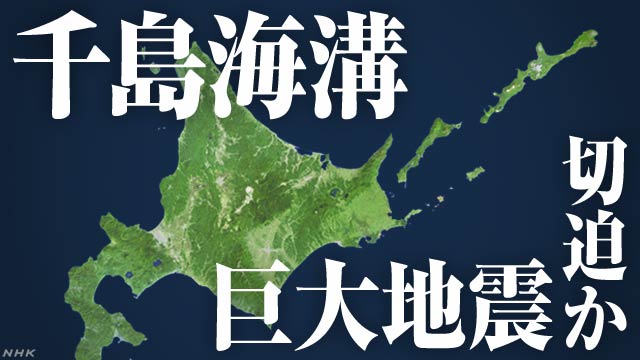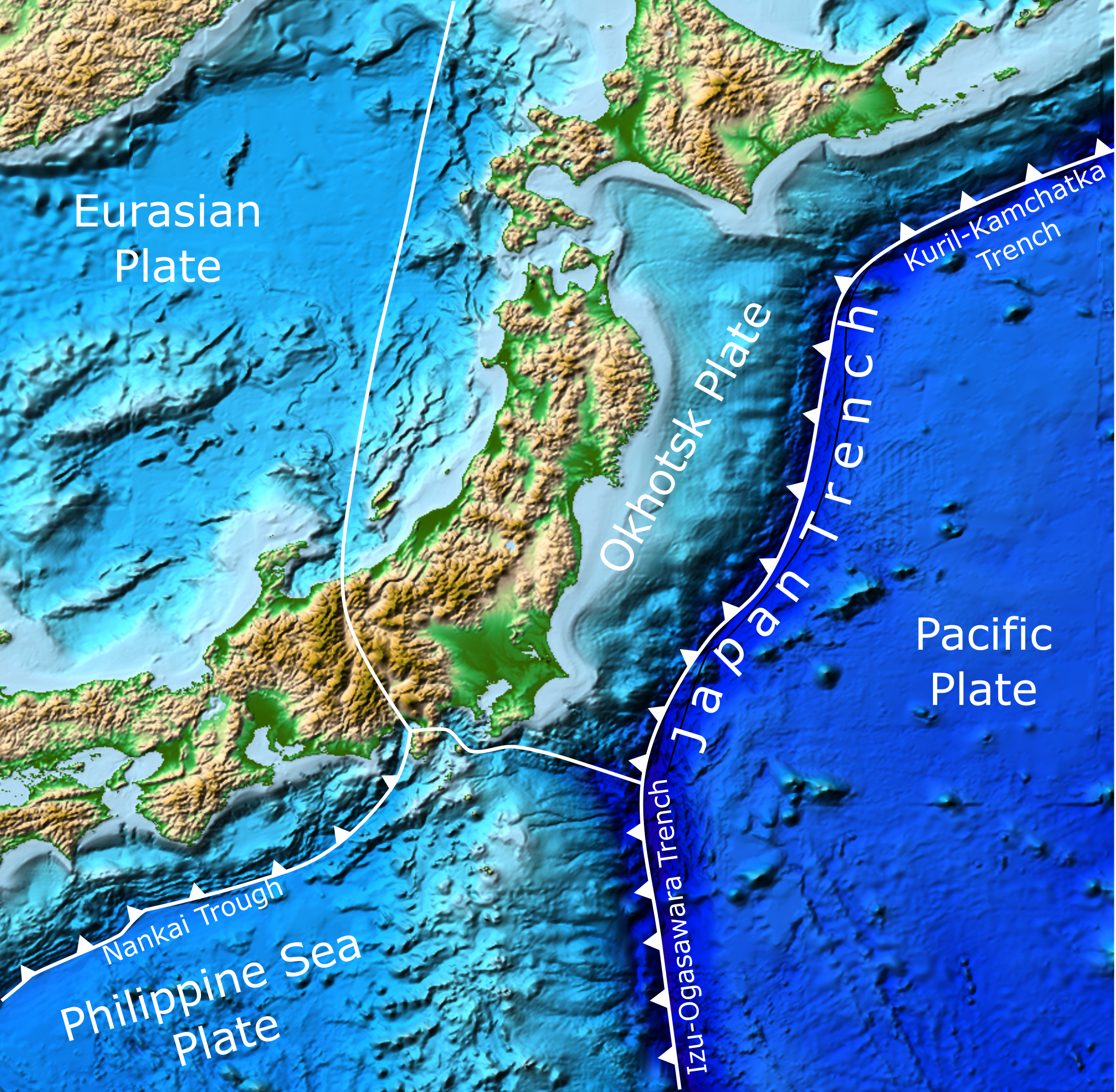- Thread starter
- #21
This is totally different from the Nankai Trough earthquake hazard and it is in South America, not Japan. Also, the news seems boring to everyone but a few academic specialists, since the volcano in question -- Uturuncu -- is in a remote part of the Andes.
Boring, unless you know something of the backstory. I know only a little tiny bit, but it's enough for me to have already planned a chapter on Uturuncu in a Patreon series on supervolcanoes that I hope to get going before year's end, if I can finish a writing commitment on the blog by then.
It will be the last chapter, on the chances of successfully detecting a supereruption before it happens.
And supereruptions are definitely geological disasters (I don't agree with much of the response suggestions they make here, but Donovan and Oppenheimer do convey the worst-case scenario of what a supereruption might do to us; if you read it, just keep in mind that there are other scenarios proposed by other great minds, too).
Trying to keep things brief but coherent (references available on request):
Boring, unless you know something of the backstory. I know only a little tiny bit, but it's enough for me to have already planned a chapter on Uturuncu in a Patreon series on supervolcanoes that I hope to get going before year's end, if I can finish a writing commitment on the blog by then.
It will be the last chapter, on the chances of successfully detecting a supereruption before it happens.
And supereruptions are definitely geological disasters (I don't agree with much of the response suggestions they make here, but Donovan and Oppenheimer do convey the worst-case scenario of what a supereruption might do to us; if you read it, just keep in mind that there are other scenarios proposed by other great minds, too).
Trying to keep things brief but coherent (references available on request):
- Believe it or not, and all drama aside, some volcanologists say that we're living in an age of supereruptions, though one has to take the deep-time perspective to see it. On the geological time scale, for instance, Toba and Taupo's blasts were quite recent.
- South America's Andes region is in the midst of an ignimbrite flareup -- a whole series of supersized and just plain big eruptions, similar to the one tens of millions of years ago, not geologically recent, that shaped so much of the US West. (Again, this is not an imminent disaster threat, given the time scale.)
- Uturuncu is in that general region but is not a supervolcano. It does sit among known supervolcanoes, though, and like them is located over the world's largest known magma body (which is far underground, in lay terms, though fairly shallow in an academic sense; and yes, these volcanoes are watched as closely as possible by responsible and knowledgeable people who will let us know if and when trouble looms).
- That Altiplano-Puna magma body could well just sit there and eventually freeze into a granite pluton. They often do.
- Or not. But it's not something anyone needs to include in their daily burden of existential dread.
- When the land around Uturuncu started to deform -- this also happened around a nearby nonsupervolcanic system called Lazufre -- volcanologists wondered about the chances of detecting precursory supersized activity here. Needless to say, they were on this like white on rice.
- That linked PLUTONS project is over now, but I think papers still get published. At first glance, I don't know if the paper that sparked today's news is part of that particular effort. They've learned a lot, but no supereruption is in the forecast outlook at Uturuncu or anywhere else in the Andes any time soon.
- Today's news is that Uturuncu is unlikely to erupt.

Last edited:


